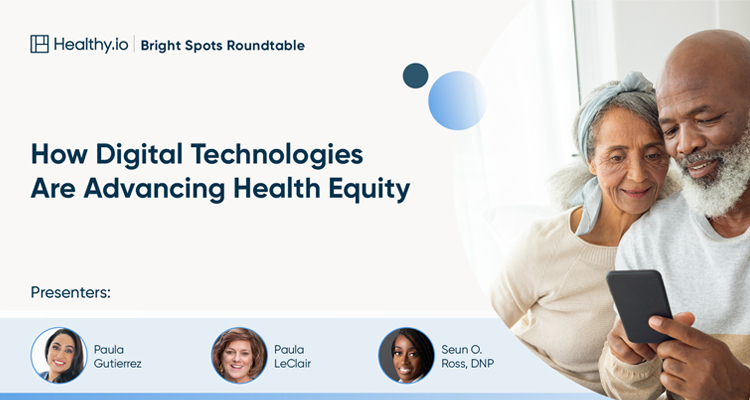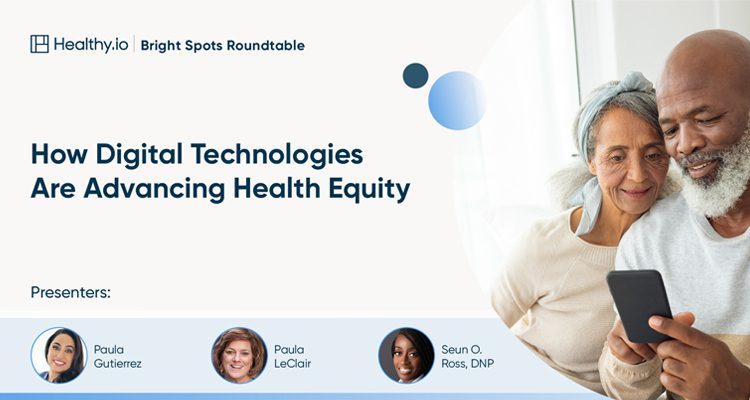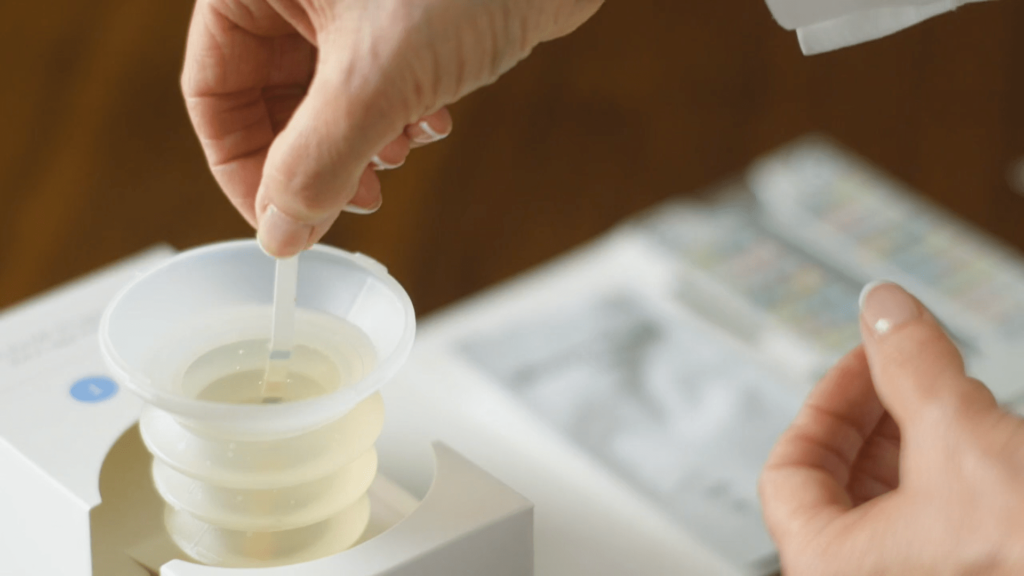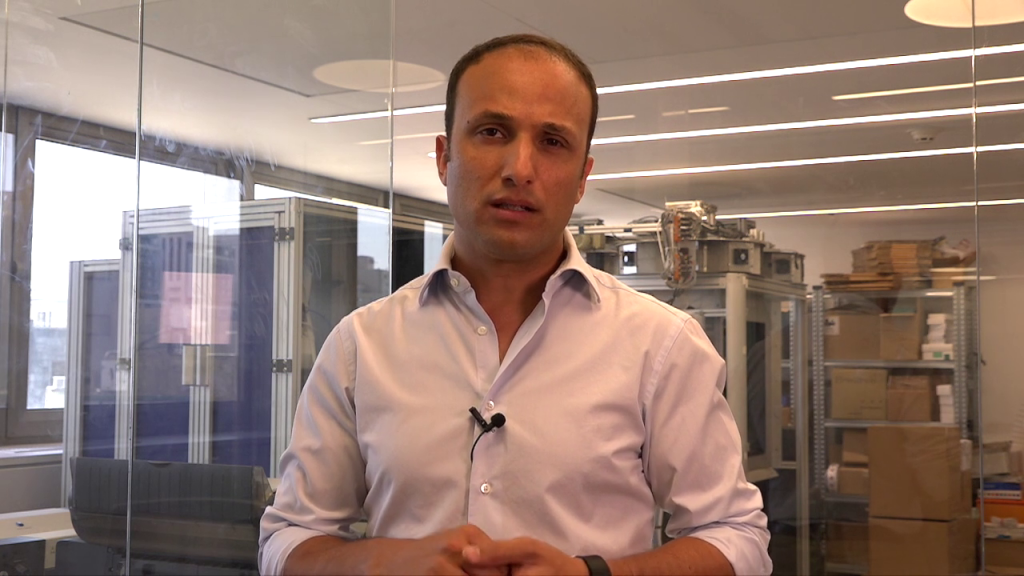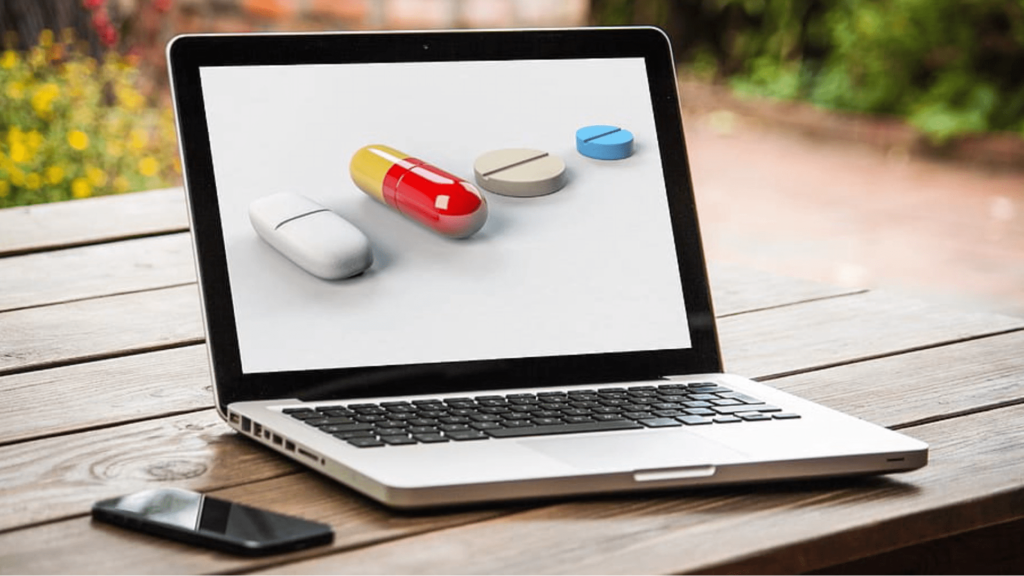Of all the forms of inequality, injustice in health is the most shocking and the most inhuman.
Almost sixty years have passed since Rev. Dr. Martin Luther King Jr. spoke those words. While the awareness of health equity’s importance has become widespread, the stubborn persistence of health disparities remains one of the key challenges facing healthcare systems. But new technology offers the promise of better and more equitable health outcomes.
To explore how health plans can use digital tools to close gaps in care and advance health equity, Healthy.io and Bright Spots in Healthcare held a discussion featuring healthcare leaders with deep experience at the nexus of health equity and technology. The event was hosted by Eric Glazer, CEO of Shared Purpose Connect, and featured speakers from Independence Blue Cross, CVS Health, and Healthy.io.
Data-driven health equity
To support their ambitious health equity goals, Independence Blue Cross quickly realized they needed data. “Data is foundational to everything we do,” said Seun Ross, DNP, Executive Director of Health Equity at the plan. “Our work relies on close collaboration with providers and the local community. That means we’re addressing implicit bias and lack of cultural awareness in health care, looking for ways to close gaps and rethinking how the system cares for our members. All of this is underpinned by data.”
While it may seem elementary that identifying health inequities—and measuring the success of the efforts to rectify them—requires collecting large amounts of data, doing so necessitates a shift in how many health systems traditionally operate. “Historically, payers did not ask for race, ethnicity, language, sexual orientation and gender identity data,” Ross said. Sometimes legal and regulatory protections that were put in place to prevent discrimination need to be amended to accommodate the data collection required to pursue health equity goals.
Paula Gutierrez is Director of Health Equity at CVS Kidney Care®, the kidney care arm of CVS Health. She discussed the need for sensitivity when asking for information. “I think we all sort of struggle with data collection and how to do it properly,” she said. “Who’s the right person to ask this information? It’s so important that it’s asked in a sensitive manner. People don’t know what you’re going to do with the data. ‘Why are you asking me for this information? Why is this any of your business?’ And if we can’t measure it, we can’t change it at all.”
Identifying meaningful interventions
Once the data begins to flow, it can help identify the sorts of actions that produce more equitable outcomes. “Our strategy is very much data-driven, looking at where the gaps are for our members and then coming up with thoughtful solutions and interventions to address them,” Gutierrez said. She identified lack of transportation and poor nutrition as significant barriers to kidney health. “We’re looking at investing in interventions around those key areas to help us really change the paradigm within kidney care in America,” she said. “Getting them a ride won’t only increase their adherence to dialysis or medical appointments, but will result in better outcomes.”
Paula LeClair, Healthy.io’s U.S. General Manager, spoke about how Minuteful Kidney serves as a powerful tool for addressing health inequities. Kidney disease disproportionately affects minority populations and is far more difficult to detect among people who have difficulty traveling to the lab for an annual urine test. “With a simple smartphone camera, our app and our kit, people can test from home, get a diagnosis, and get a screening result right to their phone,” she said.
Leveraging ubiquity to scale
One important strategy shared by the panelists is using things that are relatively widespread, and often ubiquitous, to help provide access to quality care at scale. In the case of CVS Health, that ubiquity is in the form of numerous CVS pharmacies and Aetna, the health insurance company. “We have such a large footprint. I think we’re in a unique position to really change the way that care is delivered. We can pull multiple levers within that continuum to transform kidney disease,” said Gutierrez. “We have a great experience team that helps us do that intentionally and thoughtfully, and we can connect them with those solutions to really reinvent how kidney care is accessed and delivered.”
For Healthy.io, the mission of turning the smartphone camera into a medical device means that the hardware required for clinical-grade testing is now present in the vast majority of American households (the share of Americans with a smartphone is now 85% and rising). “We keep it simple,” said LeClair. “Can you take a picture with your cell phone? We don’t want to take too much data up because members may have small data plans. We want to keep it ubiquitous, and make sure the technology is available to the masses.”
Cultural sensitivity
To truly solve problems at a large scale, solutions need to be tailored to the specific needs of individuals and the groups they belong to. One example is the in-person and digital training for hemodialysis provided by CVS Kidney Care®. “If you think about someone having to come into your home to train you on home hemodialysis—it’s a lot,” Gutierrez said. “We want to make sure that the people coming in look like the community we’re serving. […] Because if folks don’t see someone that looks like them, understands their culture, speaks their language, they’re much less likely to use whatever it is that you’re offering.”
Creating products that can be used across large and diverse groups of people requires a lot of thought and experience. The messages people receive after completing a Minuteful Kidney test are carefully crafted to their unique characteristics. “The way we write those messages is really important. They are tailored by geography, by age, who we’re rolling out with,” LeClaire said. “We’ve learned you speak differently with somebody who’s 80 versus someone who is 26.”
Another important way to establish a quick rapport with people is to build on the hard-earned trust their health plans have established with them over the years. “We’re humble and realize that people may not have heard of Healthy.io,” she said. “So we do everything through our partners. We’re co-branded, and we work very closely with our partners on determining the best way to communicate with their members.” The data shows this approach is working, with similar uptake across communities both underserved and not. “We put every test on a heat map to make sure that our solutions are being used by all different zip codes and parts of the country. And to date, we’ve been able to see that,” she said.
Do the right thing
Data-driven interventions, utilizing ubiquity and sensitively tailored to people’s individual needs—that may sound technical, but it serves a greater purpose that is crystal clear. “Ethically, we are determined that all our members are the healthiest that they can be,” Ross said. “That’s just a fundamental outlook that we have for all our members. We want people to be healthy, period.”
For more insights from the event, watch the video recording below or listen to the podcast version on Apple Podcasts, Spotify, or Google Podcasts.

